Shinto rituals have survived in close connection with the lives of the Japanese people. They are strongly reflected in modern Japanese people’s lives and daily activities. Japanese people have passed down these behaviors to the present day as customs rather than as religious rituals. I would like to introduce some of these practices, life events, celebrations, and rituals in this article.
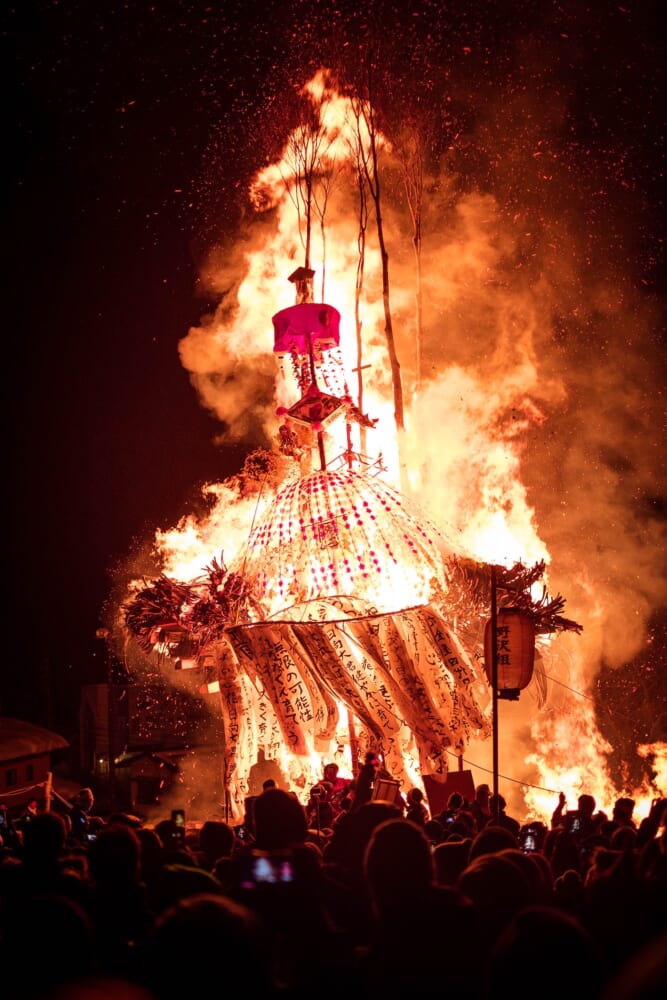
Shinto Beliefs: 5 Core Values of Japanese Indigenous Religion
Table of Contents
Practices: Shinto Rituals
Drinking Otoso on the morning of New Year’s Day
On the morning of New Year’s Day, it used to be customary to drink Otoso while offering it to the gods, chanting, and praying for the health of the family.
The torso is made of six kinds of herbal medicines. It warms the body and regulates digestive functions. It also prevents illnesses that are more likely to occur during the cold season.
Decorating Kadomatsu
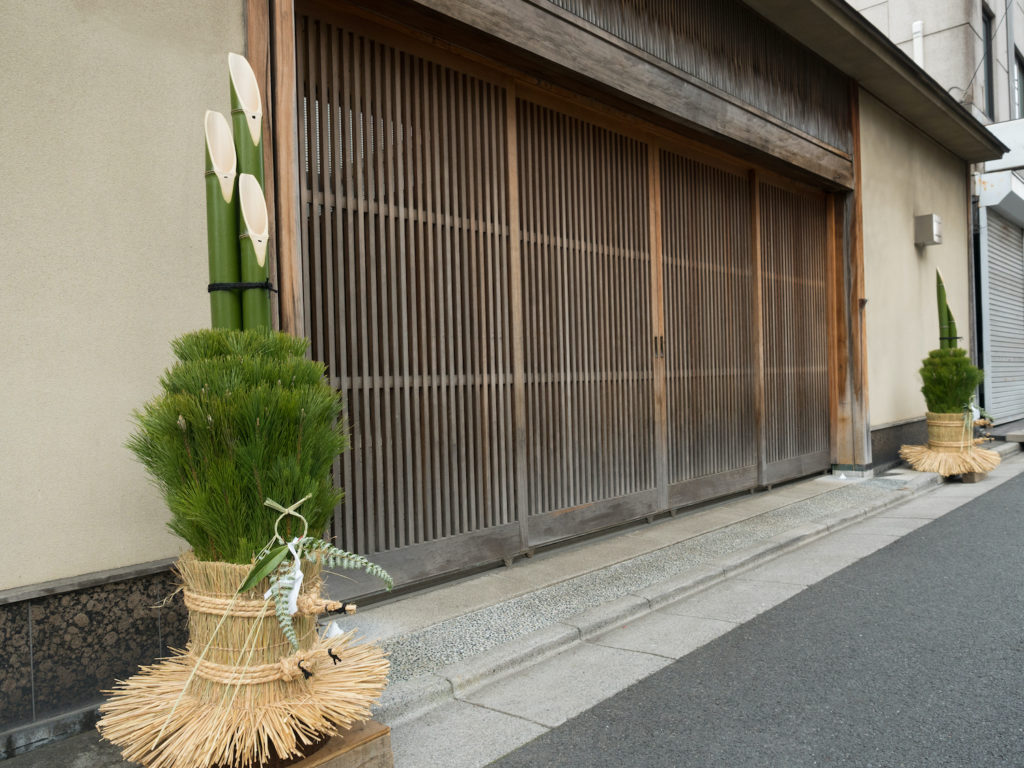
Kadomatsu, a traditional Shinto custom, was placed at the gate of a house as a marker to welcome the god of the year into the house on New Year’s. The kadomatsu is made of pine, bamboo, and plum, all promising plants.
In the old days, a pine tree with roots was planted before the gate.
Hamayumi and Hagoita
The first New Year’s day of the year when a baby is born is called Hatsu-New Year. To celebrate this first New Year’s Day, grandparents, neighbors, friends, grandparents, etc., give gifts to the baby.
For boys, people gift hamayumi (ceremonial bow to ward off evil), and for girls, they give hagoita (a battledore). Parents display these gifts with the wish that the baby will grow up in good health.
Setsubun (the day before the beginning of spring): Shinto Rituals
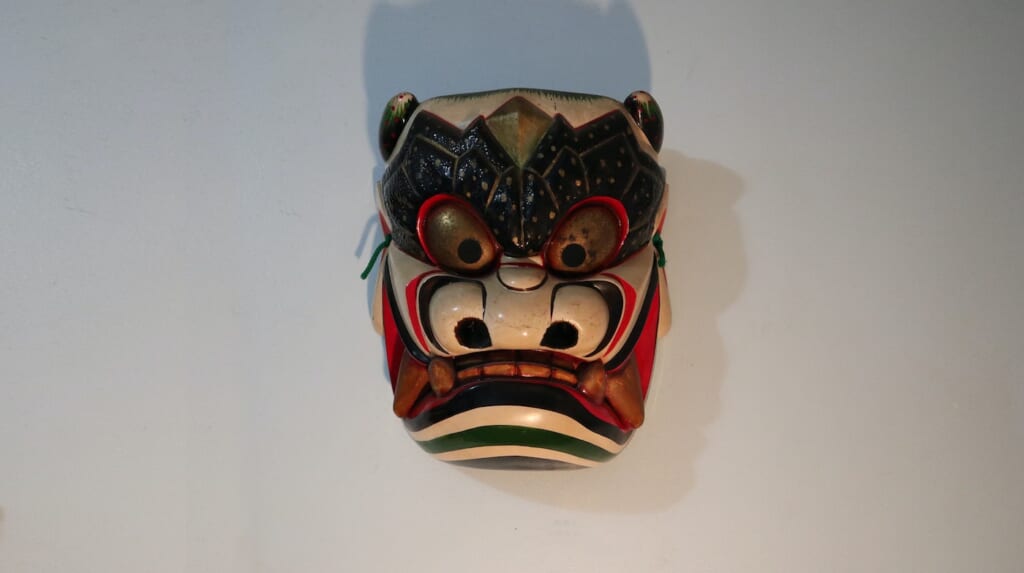
Originally, Setsubun was held four times a year to mark the turning of the seasons. Now, only the spring Setsubun remains. On the spring Setsubun day, February 3, people scatter beans to ward off illnesses, calamities, and bad luck.
In the old days, the villagers feared an ogre living deep in the mountains. To drive them away, they threw roasted beans at the ogres.
Four Seasons and Festivals: Shinto Rituals
Japan’s climate can roughly be divided into four seasons, and people have held festivals according to these four seasons since ancient times.
From the beginning of the year to spring, people hold festivals to pray for good fortune in the coming year.
During the rice-planting season, rice-planting festivals are held in many places to pray for a bountiful harvest.
In autumn, people have harvest festivals to give thanks for the harvest. As described above, the Japanese have cherished spring and autumn festivals since immemorial.
Summer festivals, on the other hand, have a short history. With the development of cities in the Middle Ages, festivals to prevent epidemics became connected with water festivals in rural areas, and people came to like them.
Winter is also the season of kagura, which refers to the repose of souls accompanied by dance. In ancient times, Japanese people called it “kami play,” too.
The Boys’ Festival and Iris: Shinto Rituals
The Boys’ Festival, the custom of bathing in iris baths on May 5. In the old calendar, this was the beginning of the rainy season, when various diseases were likely due to the humidity.
Therefore, people began to take shobu-yu (iris bath) to avoid getting sick. The strong fragrance of the iris is said to purify the body of evil spirits and warm the body.
This effect spread among the ordinary people as an amulet to ward off evil spirits, and the practice became widespread.
Admiring the Moon: Shinto Rituals
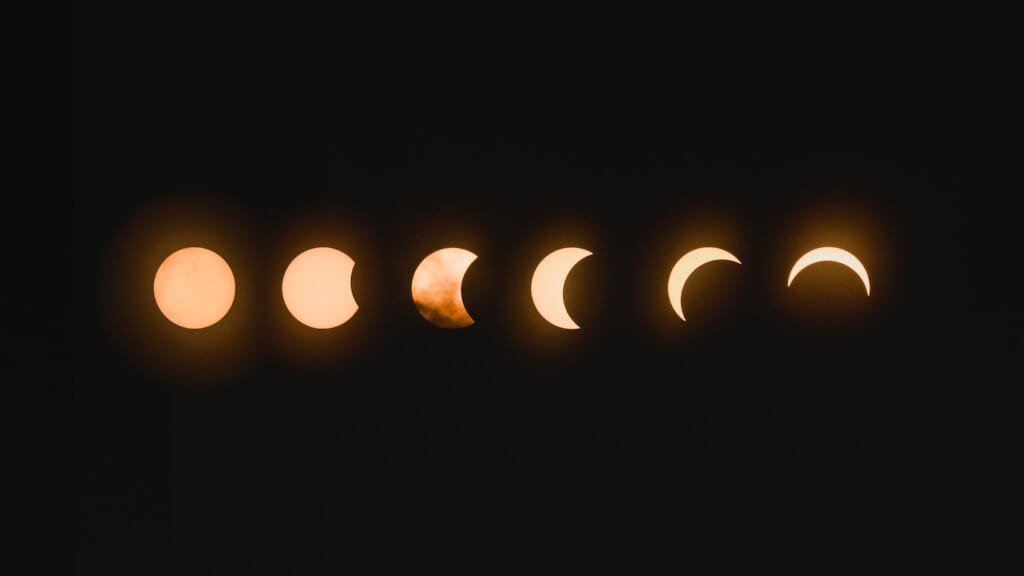
The custom is to view the moon on August 15 of the lunar calendar, which is now mid-September. This custom involves enjoying watching the moon with sake and dango (rice dumplings) on the porch.
In the Heian period (794-1185), there was a custom of preparing sweet potatoes called “Mid-Autumn Meigetsu. This deeply religious event expressed feelings toward the gods of agriculture during this harvesting season.
Mid-Autumn Meigetsu was a pious event to express gratitude to the god of agriculture during this harvest season.
Use of Chopsticks
Some consider that Japanese people first started using chopsticks in the Nara period (710-794). The Kojiki (Records of Ancient Matters) also records that chopsticks have been used since the age of gods.
Japan’s culture was formed from the unique customs and dietary habits of ancient times, when people used chopsticks instead of grabbing food directly with their hands.
Life Events and Celebrations: Shinto Rituals
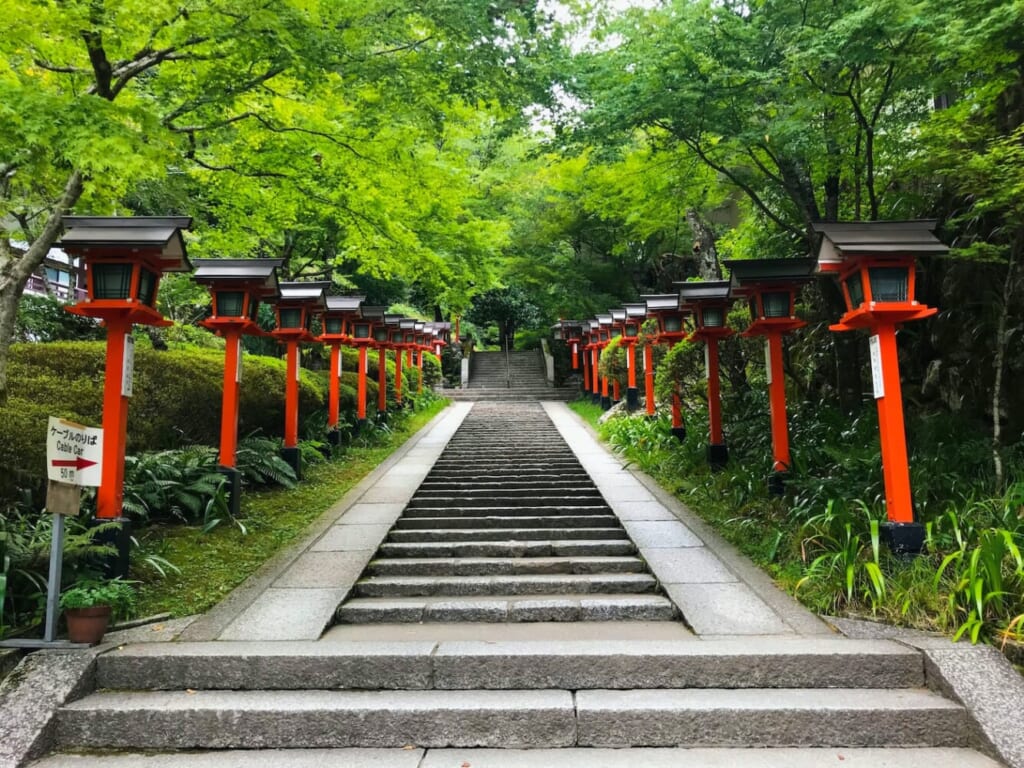
Shinto or Shinto shrines are involved throughout the lives of Japanese people.
The life celebrations and rituals I am about to introduce are mainly performed at shrines, making shrines indispensable to the Japanese people throughout their lives.
Birth Ceremony
To thank the gods for the baby’s safe birth, make offerings of sekihan (red rice) and other foods and pray for healthy growth.
Nanaya Celebration (Seventh-night celebration)
It is customary to name the baby on the seventh day after birth. The naming certificate is hung on the altar to inform the gods and pray for the baby’s safe growth.
First visit to the shrine
Parents visit a shrine with a boy dressed in a festive kimono on the 31st day after birth and a girl dressed in a festive kimono on the 33rd day. The family prays for the infant’s growth and the gods’ blessings.
The first celebratory meal
A ceremony in which rice and seabream are prepared and served to the infant at 100 to 120 days of age. People also call it “The First Chopsticks Ceremony.”
Shichigosan
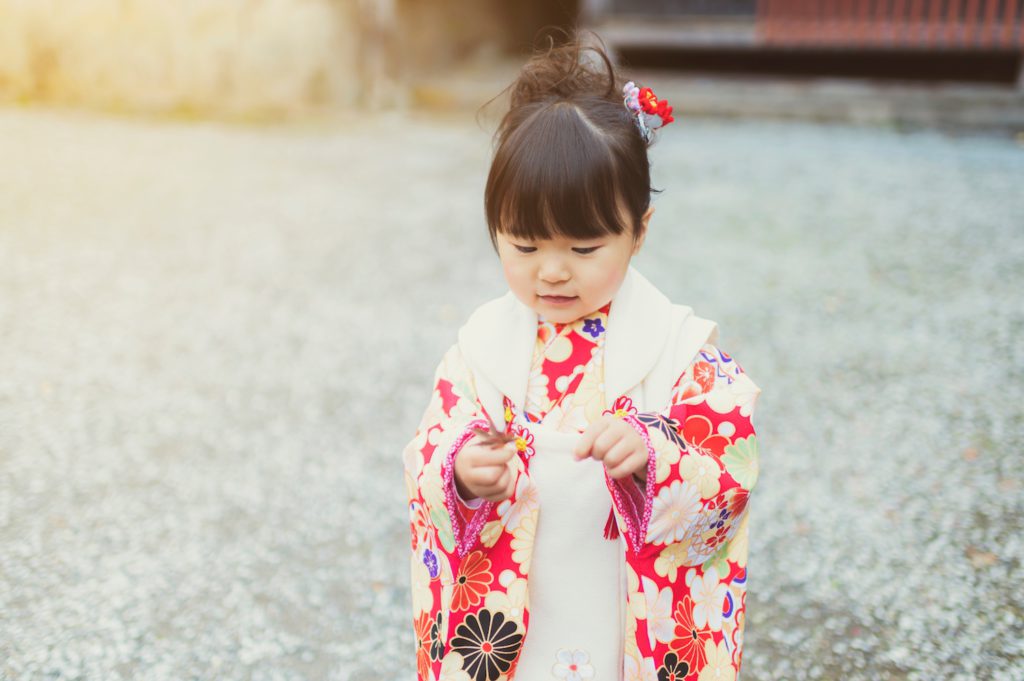
On November 15, three-year-old boys and girls, five-year-old boys, and seven-year-old girls purify their bodies, put on formal kimonos, and visit a shrine with their parents.
They thank God for their healthy growth.
Coming-of-Age Celebration
On January 15, in the city where both men and women turn 20, they report and pray that they will contribute to the nation and society as new adults.
Wedding Ceremony
Marriage, in which people meet and form a bond, has also been thought to be powered by the gods. In ancient times, marriage ceremonies were held before a deity enshrined in an alcove at home, and the couple exchanged sake cups.
Since the Meiji era (1868-1912), shrines have held weddings. Now, many couples hold ceremonies at wedding halls in the Western style.
Year of misfortune
A lousy year is when all kinds of calamities will likely befall a person. People who have reached the age of misfortune perform an exorcism to receive blessings from the gods and escape from misfortune.
Men are 25, 42, and 61 years old, and 19, 33, and 37 years of age for women.
Celebration of age
It is a custom to celebrate longevity with the whole family. The kanreki (61st birthday), koki (70th birthday), beiju (88th birthday), hakuju (99th birthday), etc.
Shinto: Overview of Japanese Indigenous Religion
Shinto rituals
The following is a sampling of some of the various types of rituals.
Fortune-telling for the year
Divination rituals predict the year’s good or bad, the crop’s abundance or foul, and the monthly weather—world affairs rituals, water festivals, porridge divination, etc.
Tsuina (Ceremony of Tsuina)
Ceremonies to exorcize evil spirits, get rid of the plague, welcome the New Year, etc. Horafuki rituals, Oniyarai, Setsubun, etc.
Nagoshi-no-harae (purification rites to purify the body over the summer)
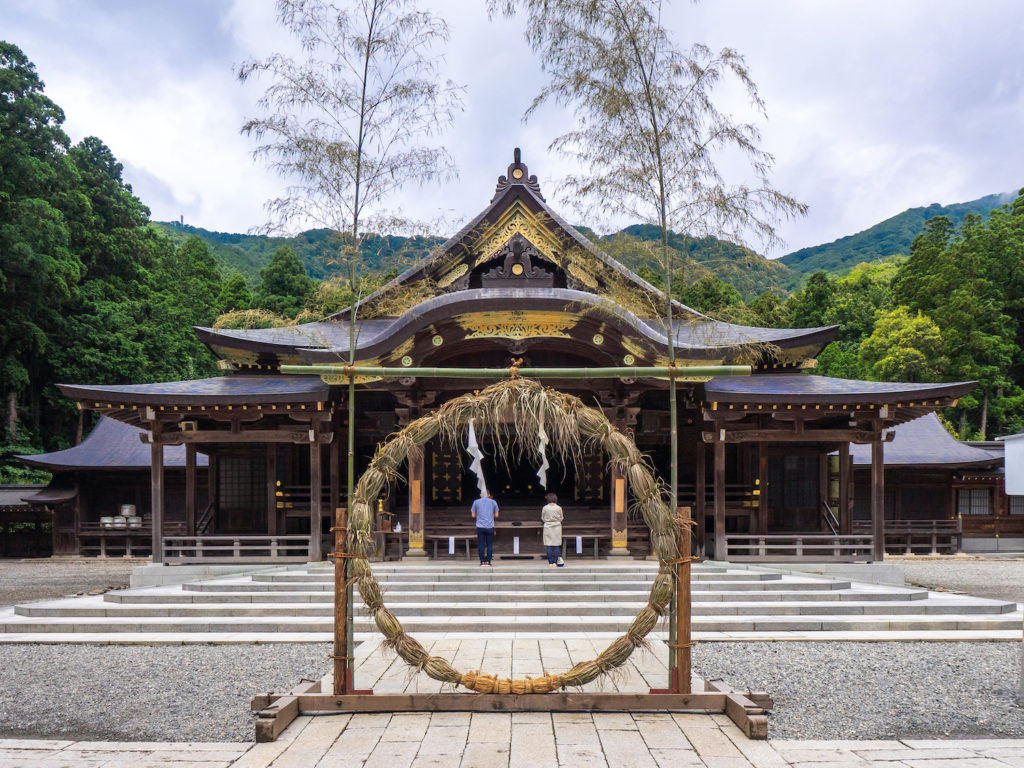
The “Chinowa Ritual” originating from the Somin Shorai is held to ensure the safe passage of the summer season. Nagoshi-no-harae (purification rites over the summer), ring-going-through ceremony, Kusa-matsuri (grass festival), etc.
Summer festivals
Often related to the belief in the spirit of the gods and the god of misfortune. Shakushi Matsuri, Tenjin Matsuri, Gion Matsuri, etc.
Mushi-okuri Matsuri (sending off insects)
Rituals to drive away insects that harm rice cultivation. Hane Odori (spring dance), Mushi Oi (chasing away insects), Sanemori-sama (the god Sanemori), etc.
Fire festivals

Scoring, etc., with large fires, lamps, and torchlight fires that serve as landmarks for inviting gods, purification, etc. Mitegami rituals, fire suppression rituals, Hitomoshi (fire lighting) Matsuri, etc.
Lion dance
Shishimai is a dance that originated from the belief that lions, spiritual beasts, can overpower evil spirits. Shishimai (lion dance), Tsugi-shishimai (joint lion dance), Bizen Shishimai Taiko Uta (Bizen lion dance song), etc.
Yudate (boiling water)
A ritual in which boiling water from a kettle is sprinkled with bamboo branches for purification and divination. Yudate, Yudate Kagura, etc.
Yabusame (horseback archery)
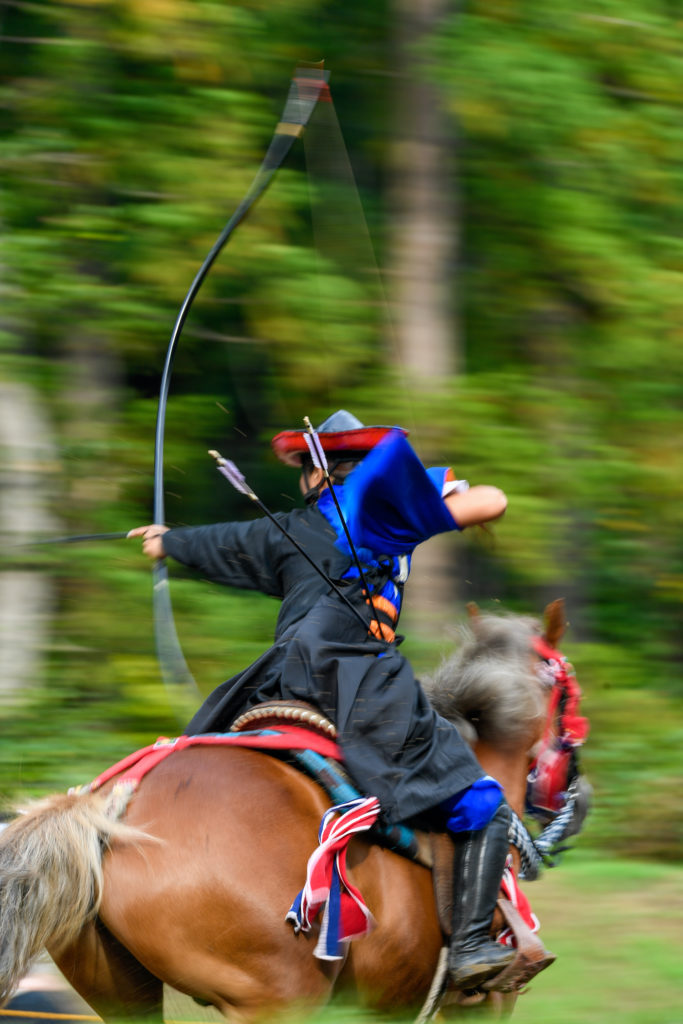
A ritual in which a horse is ridden and a target is shot with a bow to divine the year, etc.
Silent rituals
Rituals that are performed without speaking at all.
Sumo wrestling and kakuryoku
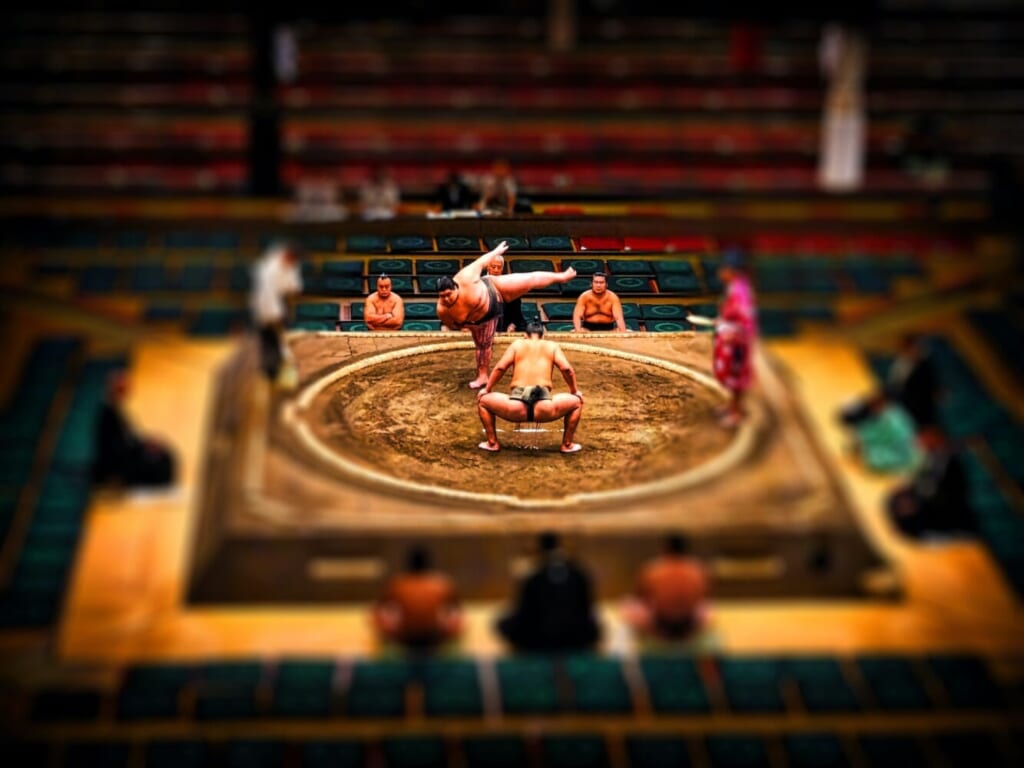
Rituals of agriculture, such as rituals for divination of the harvest of crops. Sumo wrestling by one person, etc.
Shinmei Festival
Also called Onibi-daki, Sagicho, etc., it is a kind of fire festival for Koshogatsu (New Year’s Day). Shinmeisai, Tondo, Donto Festival, etc.
Mochitsuki (rice cake pounding)
A kind of festival held on the occasion of annual events, etc. Pounding rice cakes, etc.
Rain-making
The deity worshiped is often the local deity of the village or a rain god such as the dragon god. Rain-making festivals, Sengan burning, etc.


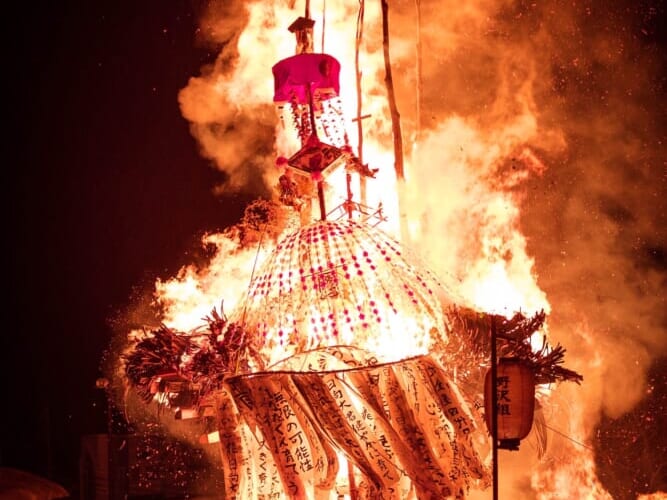
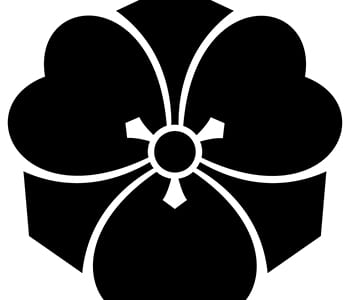
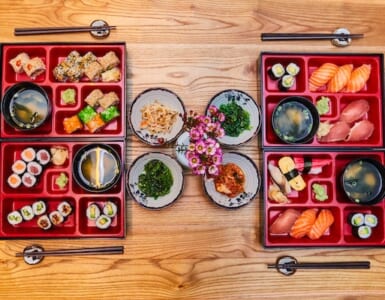
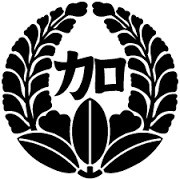


Add comment